Introduction
In today’s commercial and industrial environments, maintaining cleanliness is critical. Whether it’s a bustling restaurant kitchen or a sterile pharmaceutical laboratory, cleanliness standards ensure safety, compliance, and efficiency. A “hood clean room team” refers to specialized professionals responsible for maintaining kitchen exhaust systems and cleanrooms. This guide will serve as an ultimate resource, unraveling everything you need to know about hood clean room teams, their operations, and why they’re indispensable.
Understanding Kitchen Exhaust Hood Systems
Components of a Kitchen Exhaust System
A kitchen exhaust hood system includes several crucial parts that work together to remove smoke, grease, and odors:
| Component | Description |
| Hood | Collects airborne grease and smoke. |
| Ductwork | Channels air out of the building. |
| Fan | Pulls contaminated air through the system. |
| Filters | Captures grease and particles before they reach the ductwork. |
Each component must be clean and functioning to prevent hazards and maintain efficiency.
Common Hazards in Kitchen Exhaust Systems
- Grease Accumulation: Excess grease in hoods and ducts can ignite, leading to kitchen fires.
- Health Risks: Dirty systems can harbor bacteria, posing health risks.
- Compliance Issues: Failure to maintain systems can result in fines and operational shutdowns.
The Role of Hood Clean Room Teams
Hood clean room teams specialize in thorough cleaning and maintenance of these systems. Their expertise ensures safety, compliance, and optimal performance. By leveraging advanced tools and techniques, these teams help businesses adhere to NFPA 96 standards and other regulatory requirements.
Cleanroom Basics: A Controlled Environment
Cleanrooms are meticulously controlled spaces designed to minimize contamination. They’re vital in industries like pharmaceuticals, electronics, and biotechnology.
Cleanroom Classification and Standards
Cleanrooms are categorized based on the permissible number of particles per cubic meter of air. For example:
| ISO Class | Particle Limits (0.5µm or larger) |
| ISO 1 | Less than 10 particles. |
| ISO 5 | Up to 3520 particles. |
| ISO 9 | 35 million particles. |
Step-by-Step Guide to Hood Cleaning
- Preparation:
- Inspect the system.
- Wear appropriate personal protective equipment (PPE).
- Cleaning Process:
- Hood Cleaning: Use degreasers to clean interior and exterior surfaces.
- Duct Cleaning: Scrub and vacuum ductwork to remove buildup.
- Fan Cleaning: Inspect and clean fan blades and housing.
- Final Inspection: Verify that all components meet cleanliness standards.
Effective Cleanroom Cleaning Procedures
Daily Maintenance
- Wiping Surfaces: Use lint-free wipes and approved cleaners.
- Floor Cleaning: Employ HEPA-filtered vacuum cleaners.
Deep Cleaning
Scheduled deep cleanings involve:
- Ceiling and wall cleaning.
- Equipment sterilization using UV light or chemical solutions.
Tools and Agents
Only use tools and chemicals certified for cleanroom use to avoid introducing contaminants.
Best Practices for Hood Clean Room Teams
Training and Certification
Team members should undergo training and earn certifications, such as Certified Exhaust Cleaning Specialist (CECS) and cleanroom maintenance credentials.
Regular Monitoring and Updates
Routine audits and updates ensure ongoing compliance with changing regulations and industry standards.
FAQs
1. How often should kitchen hood systems be cleaned?
Cleaning frequency depends on usage. High-volume kitchens require monthly cleaning, while low-volume kitchens may need it quarterly.
2. What tools are used in hood and cleanroom cleaning?
Teams use degreasers, lint-free wipes, HEPA vacuums, and chemical solutions.
3. Can I clean my hood system myself?
DIY cleaning is possible for light tasks, but professional services are recommended for thorough and compliant cleaning.
4. Are cleanrooms 100% sterile?
No, but they are controlled environments with minimal contaminants.
5. What are the penalties for non-compliance?
Fines, closures, and legal issues can result from failing to meet health and safety standards.
Conclusion
The hood clean room team is an integral part of maintaining cleanliness and safety in various environments. Through proper cleaning, compliance with regulations, and regular maintenance, they ensure optimal operation and safety. Investing in a professional hood clean room team guarantees peace of mind and long-term benefits for any organization.
Recommended Articles
The Ultimate Guide to the B-12 Raider by Ray Samuels
Sublimation Tree Skirts: The Ultimate Guide
Ship Shape Pressure Wash: Your Complete Guide to Professional Cleaning
The Ultimate Guide to XD11 Yonex: Everything You Need to Know
The Ultimate Guide to the Sliuce 1088 by Gold

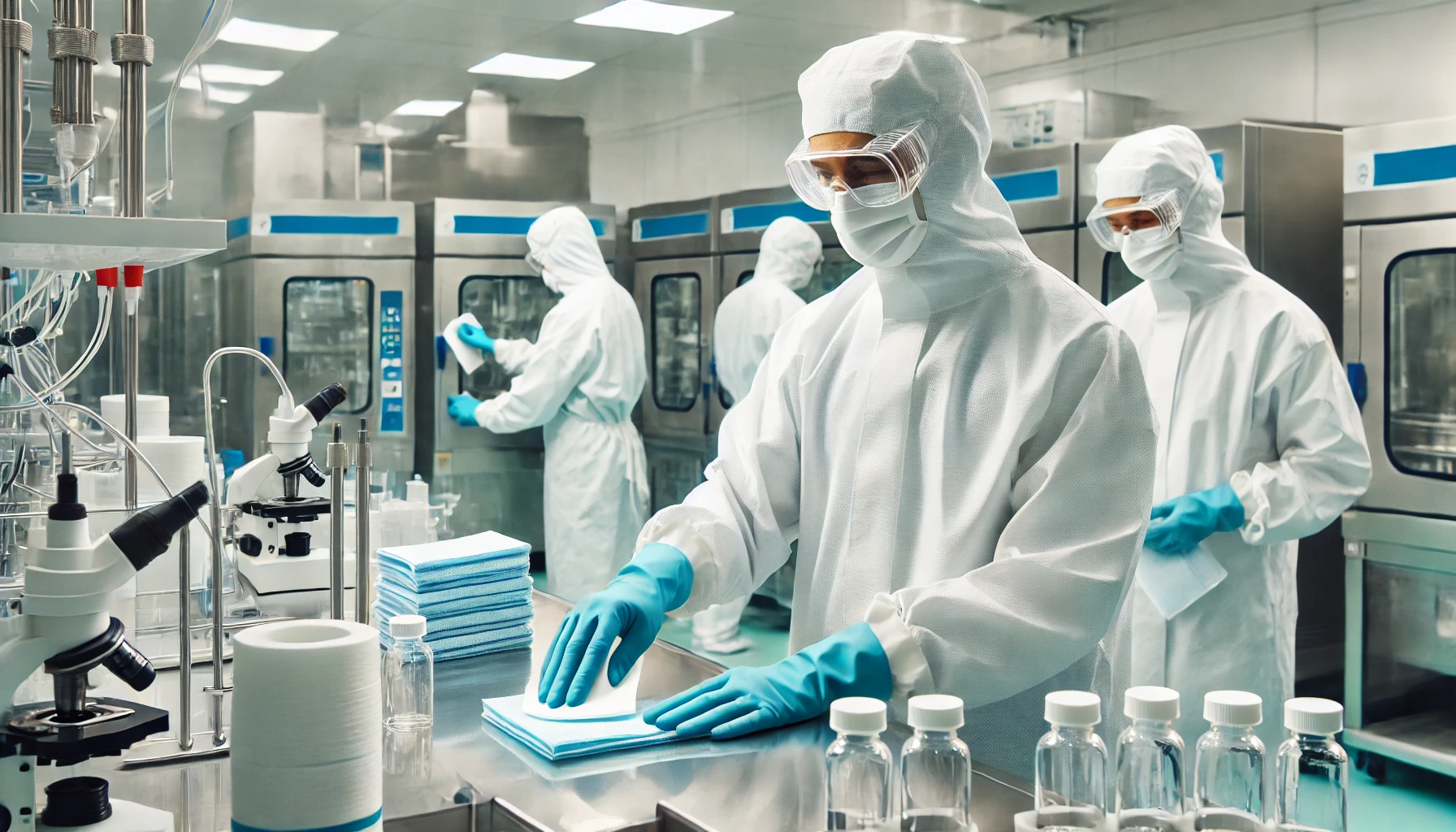









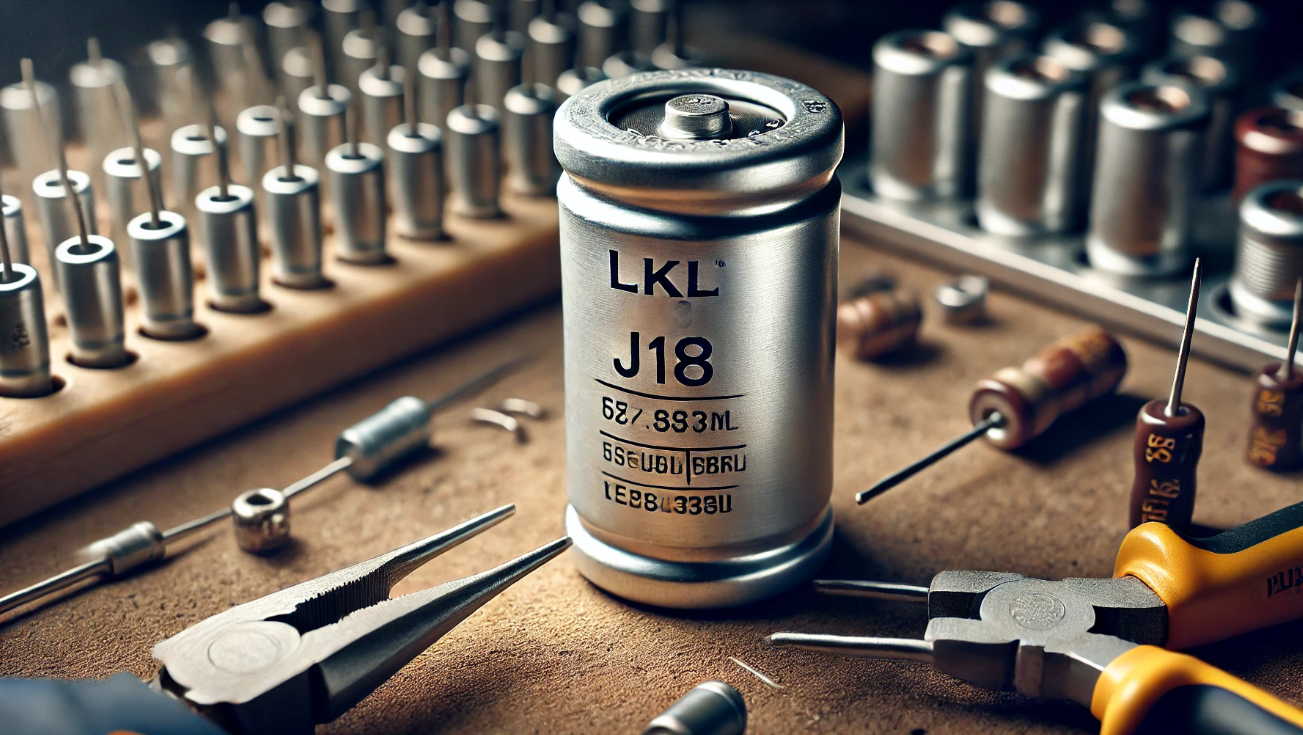

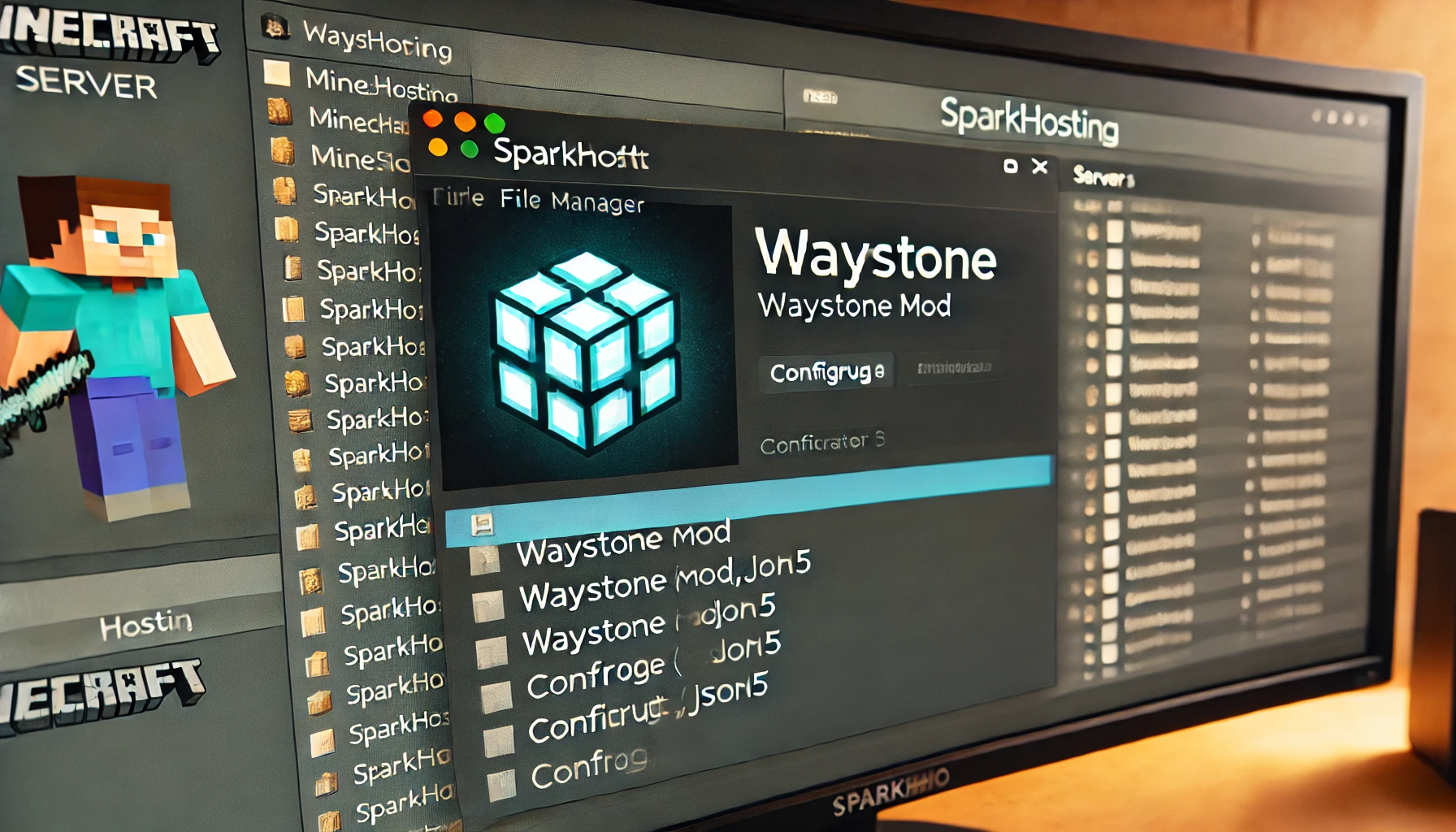
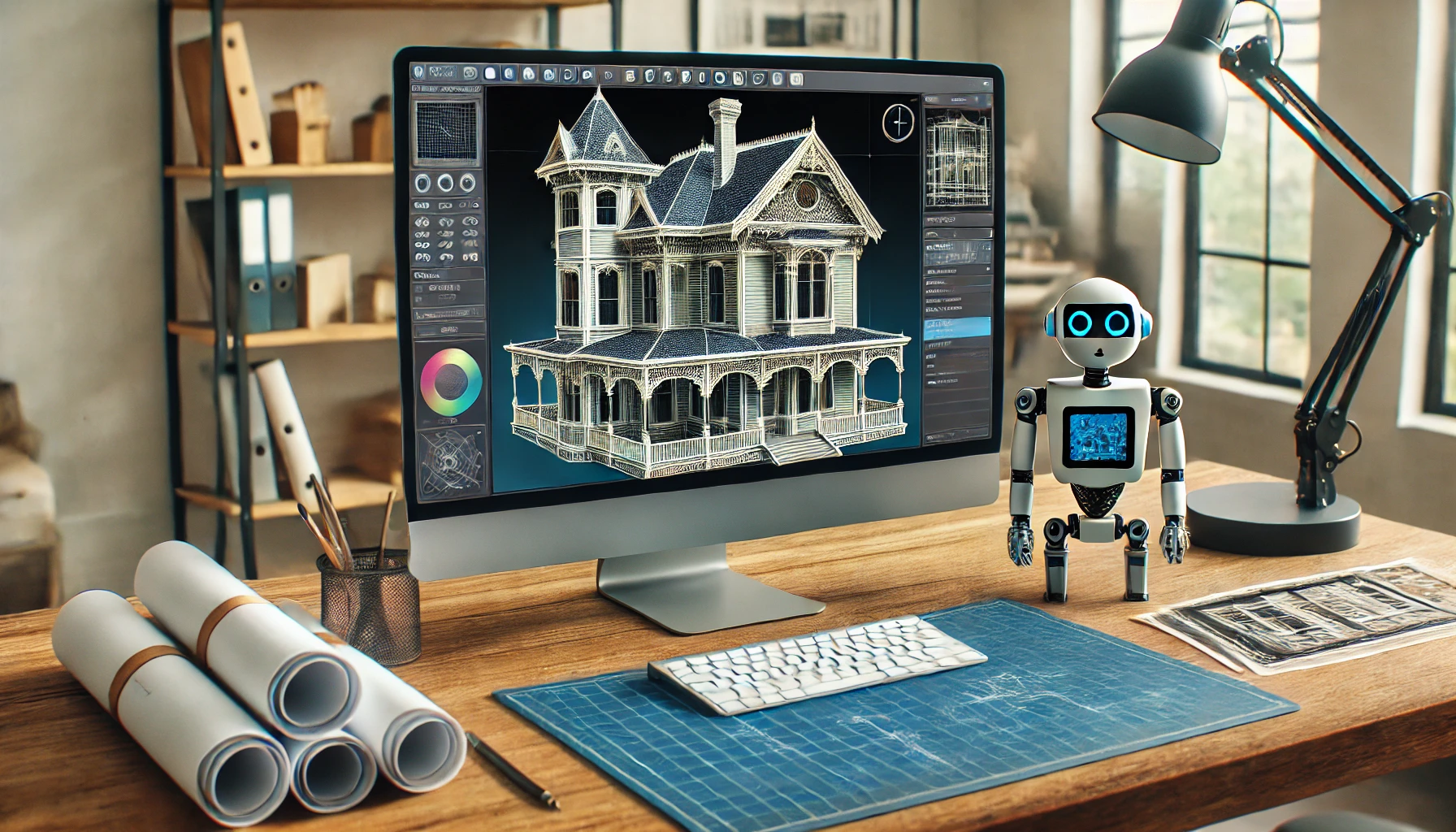
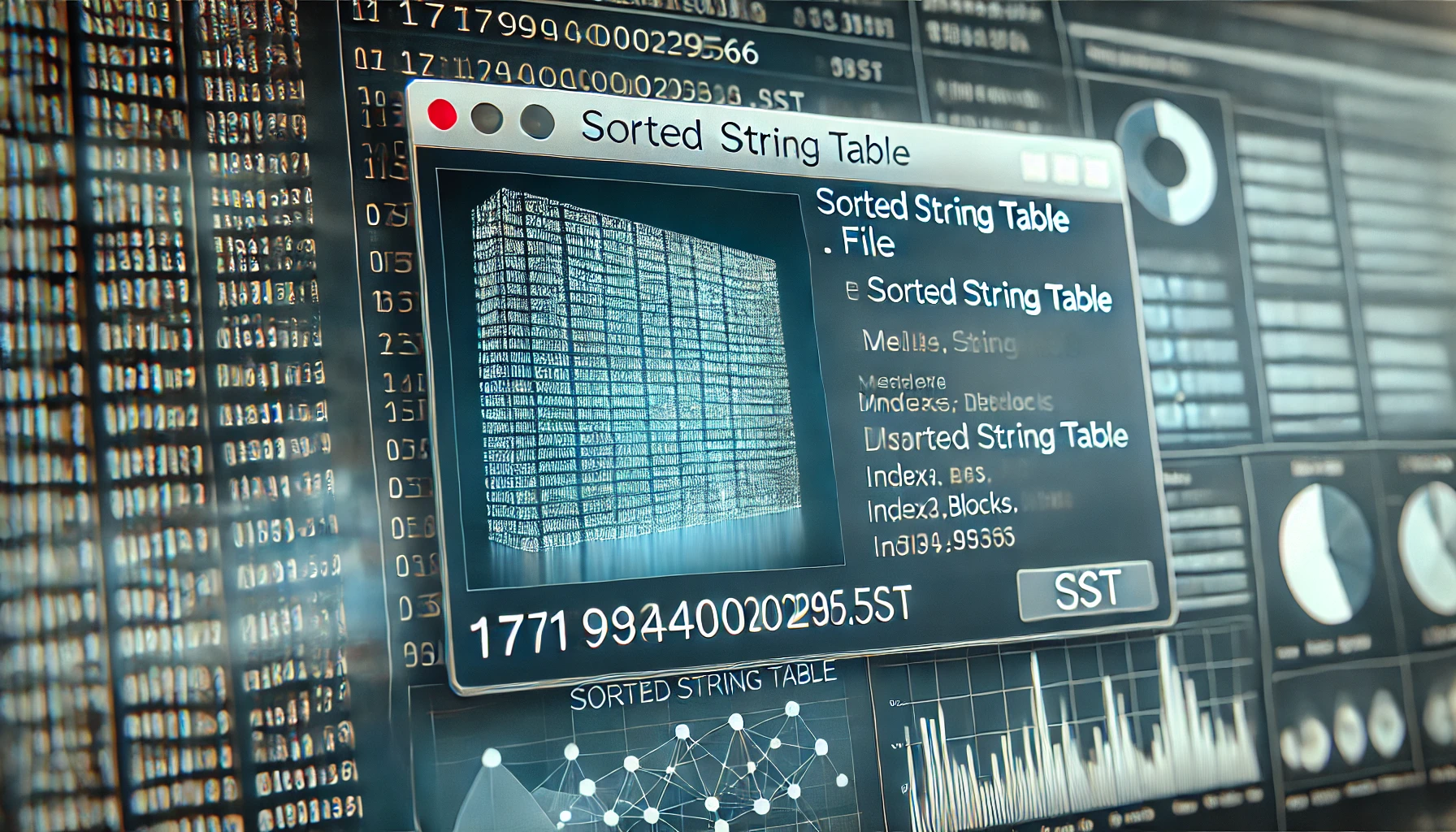


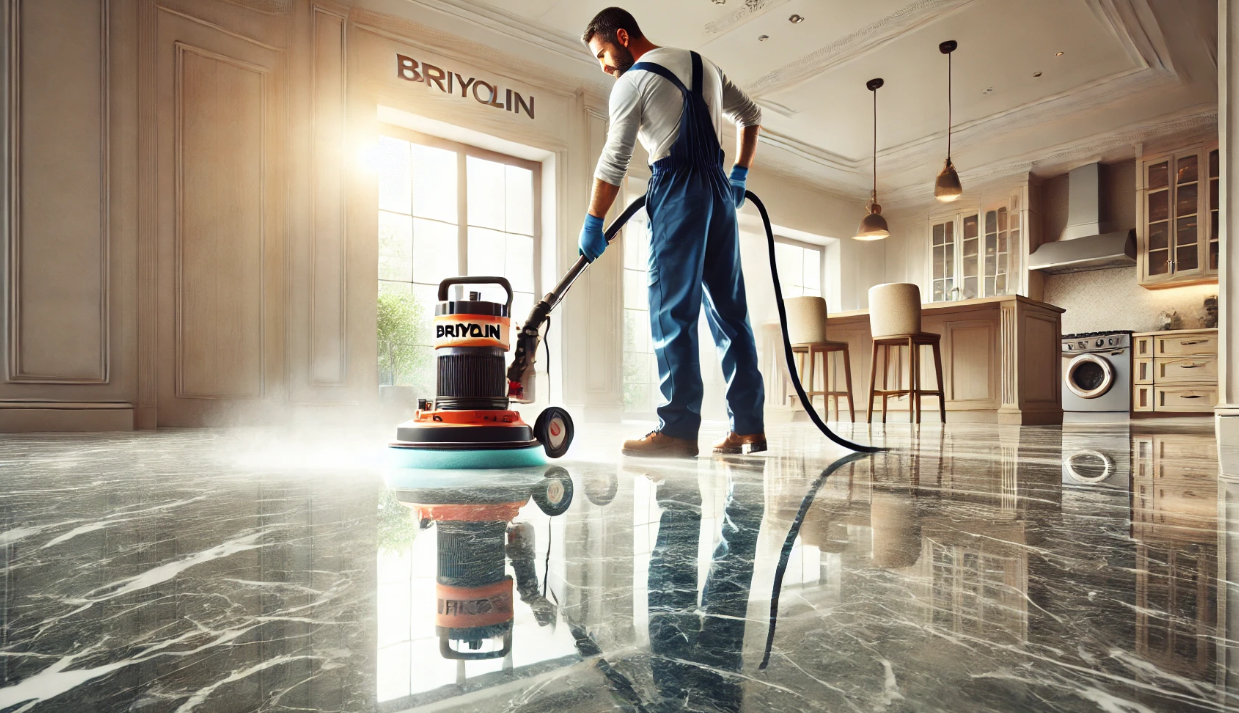
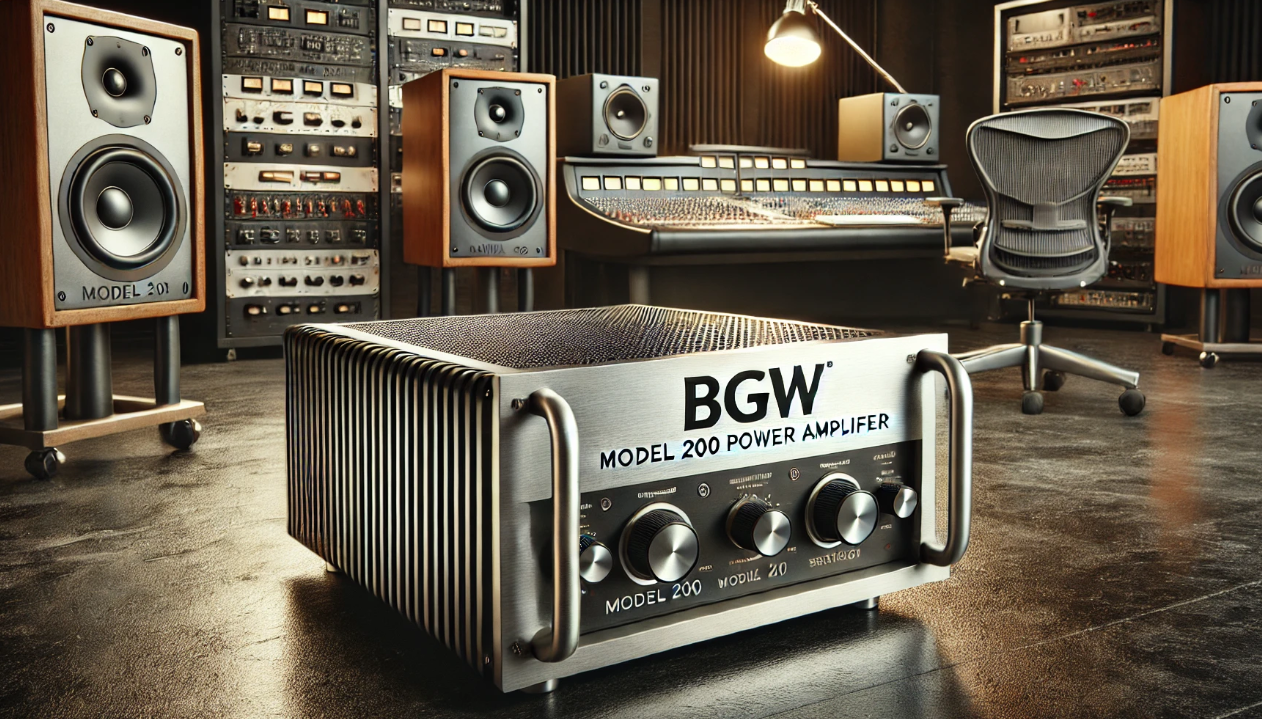









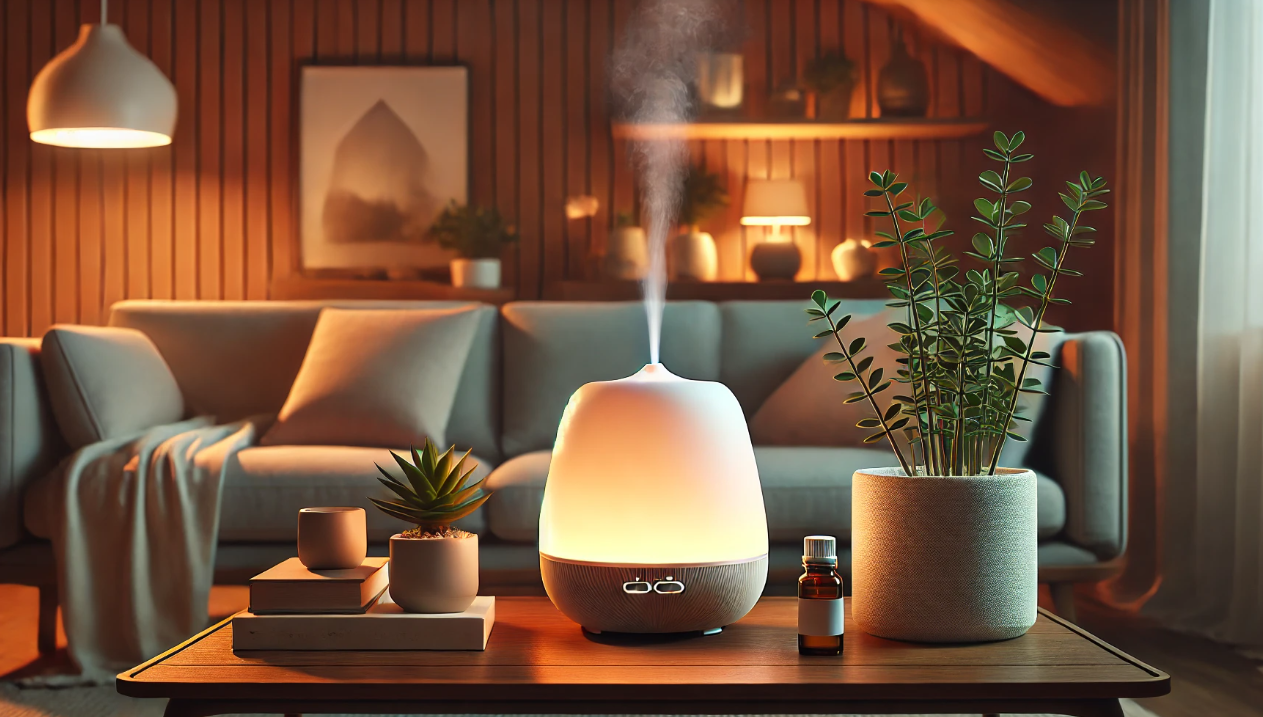

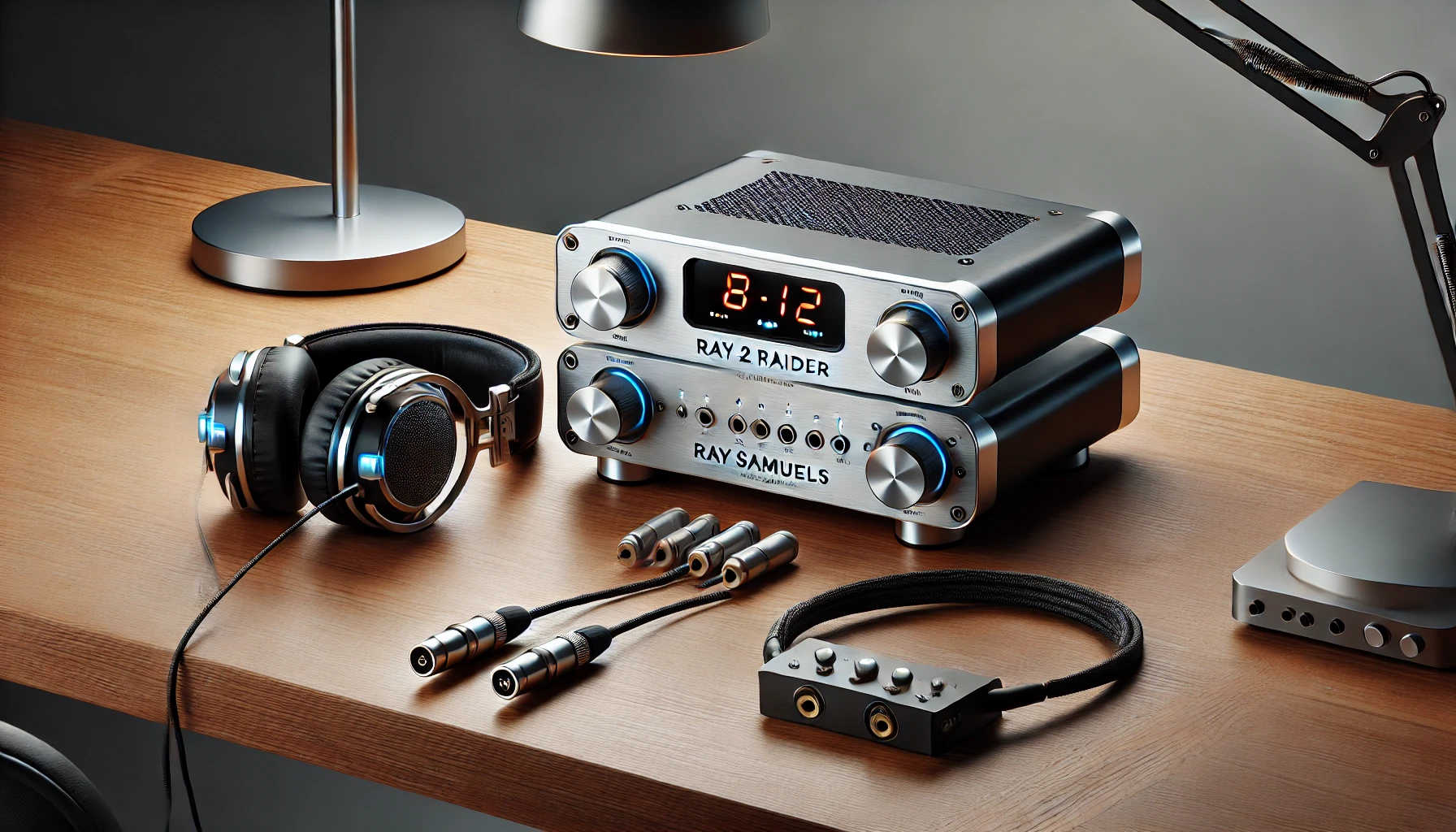

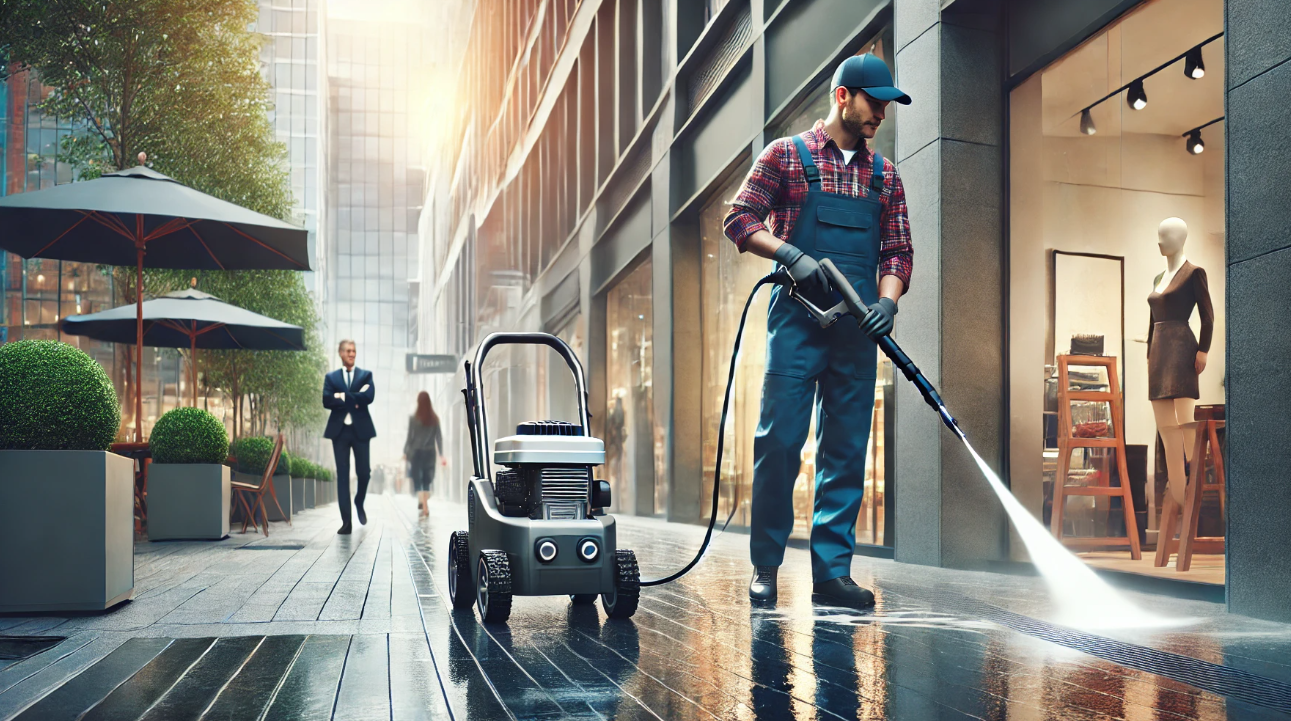


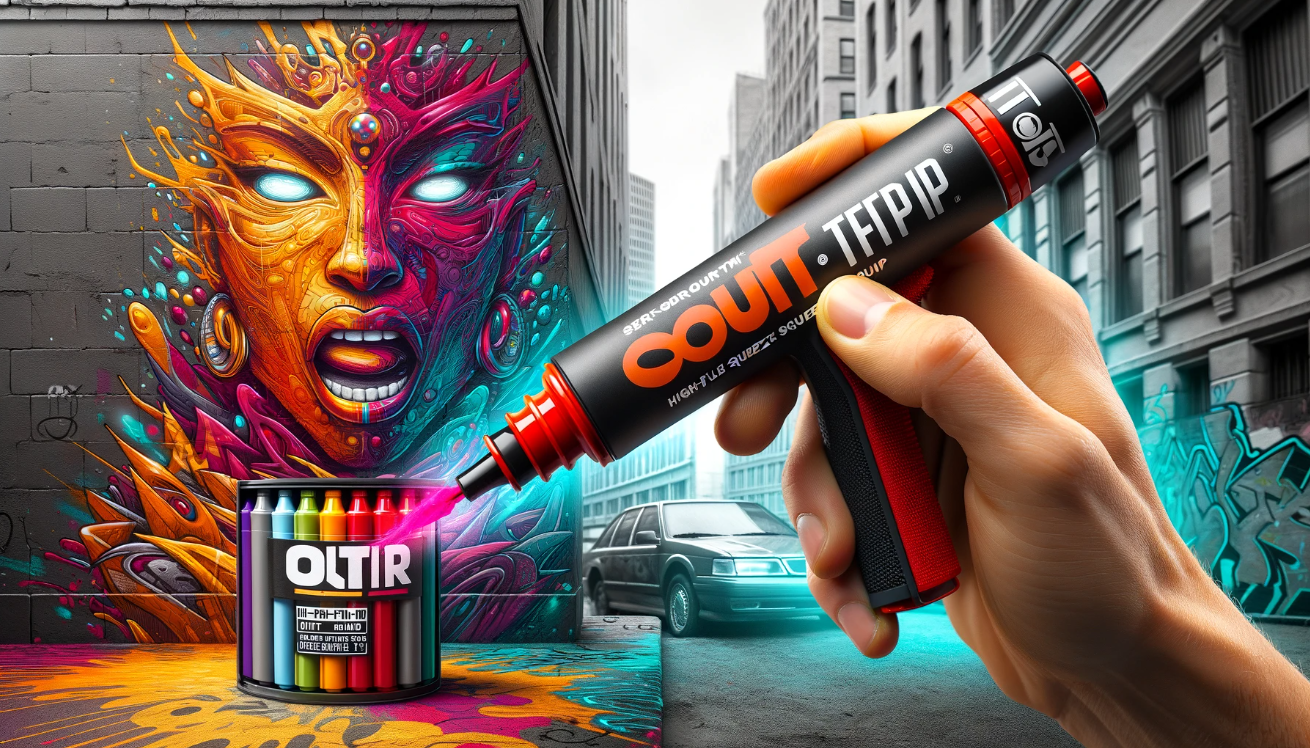





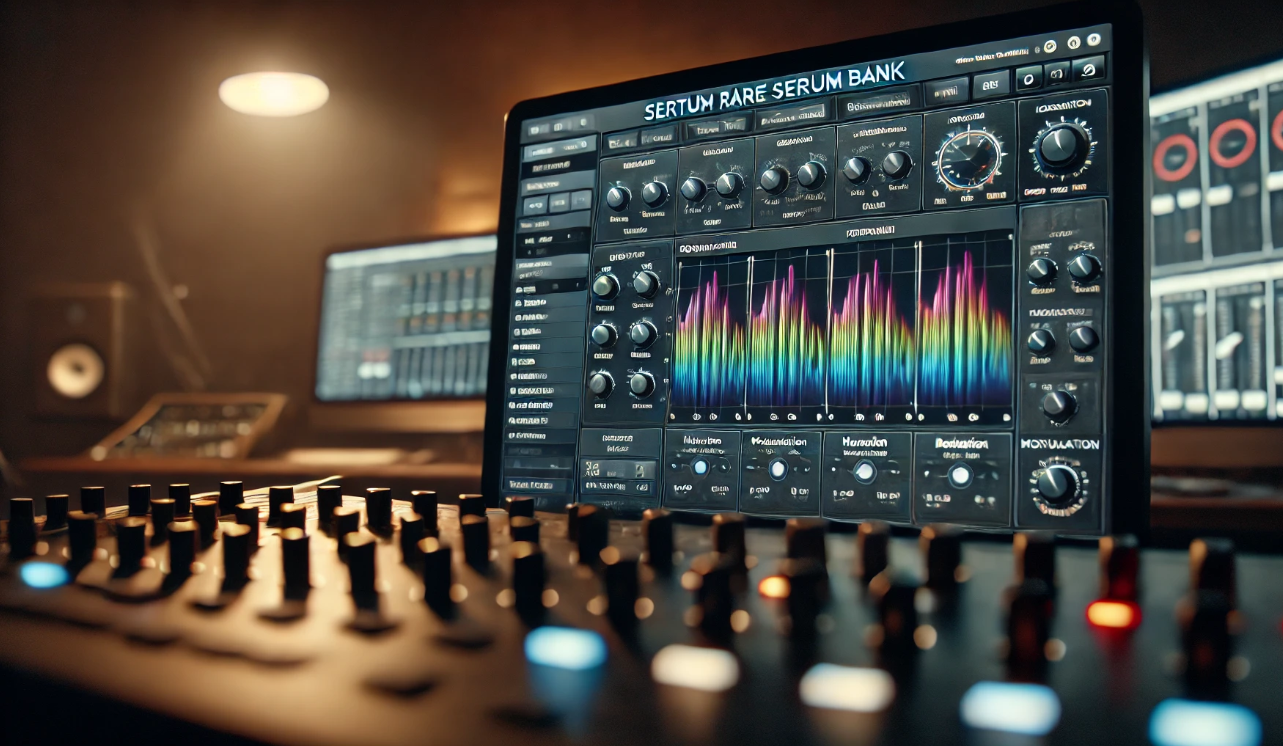




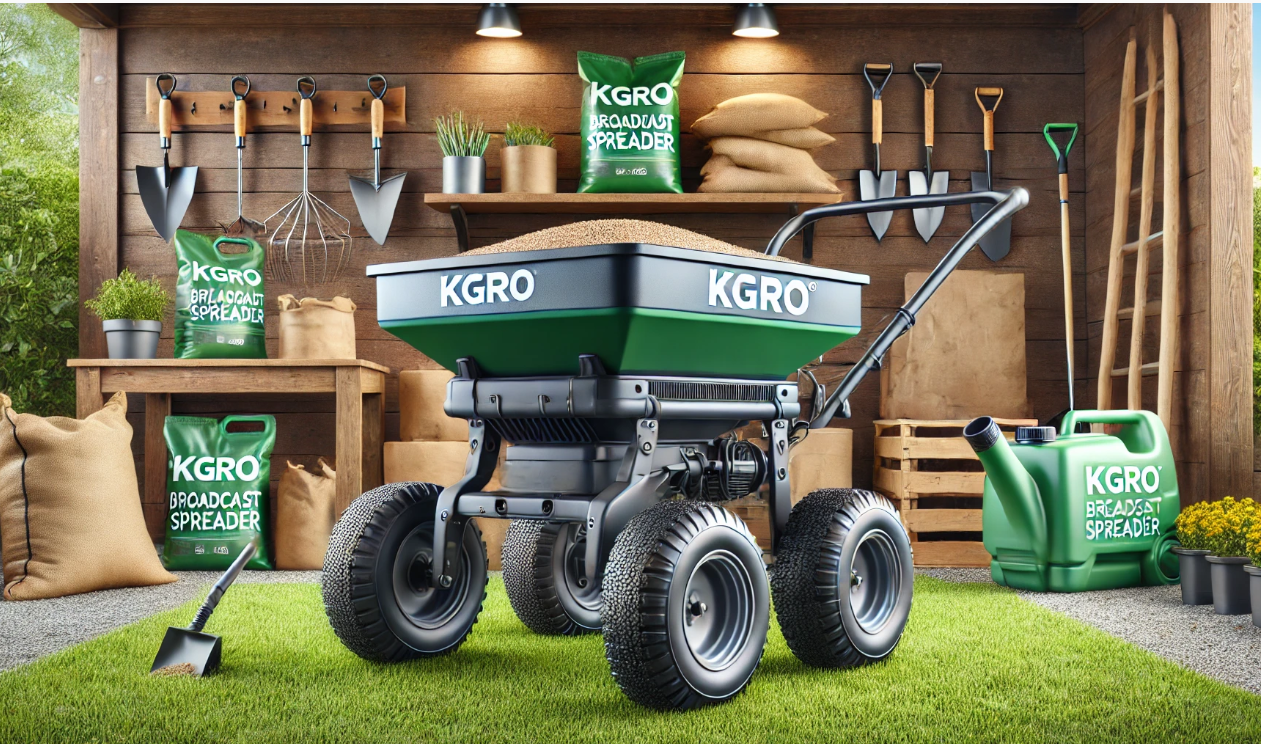
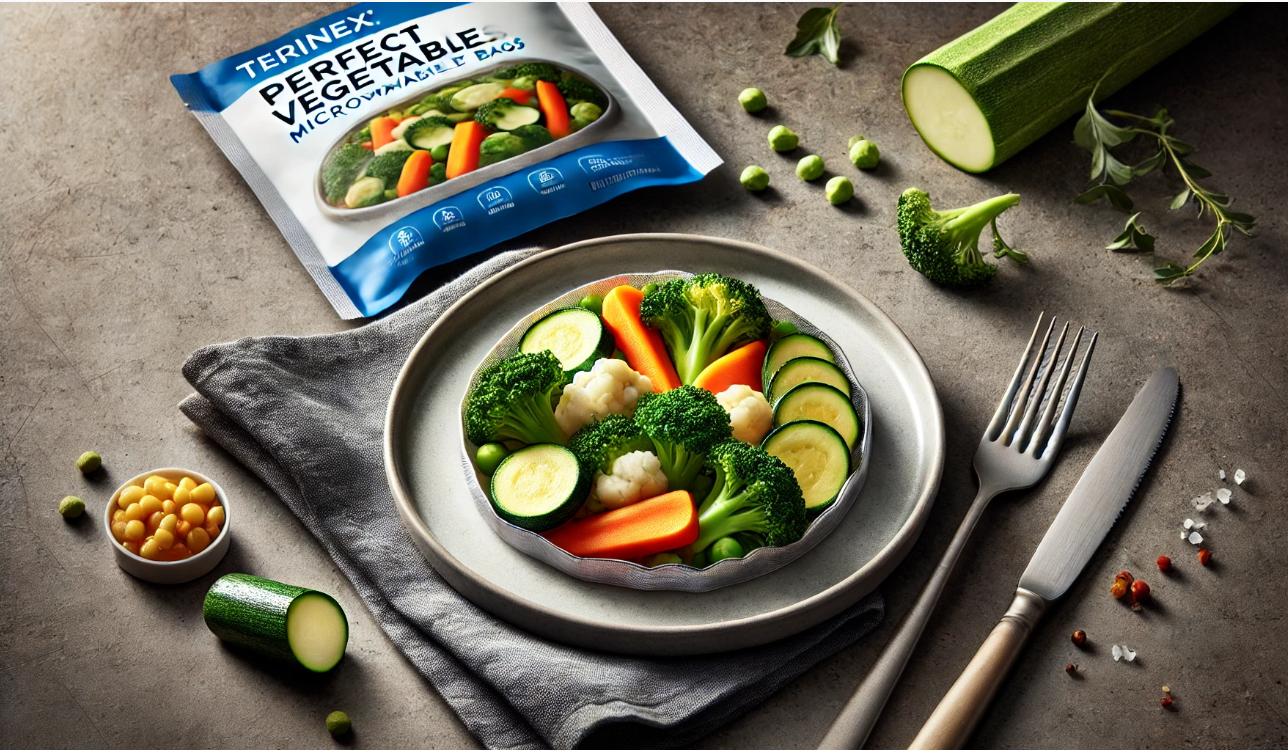
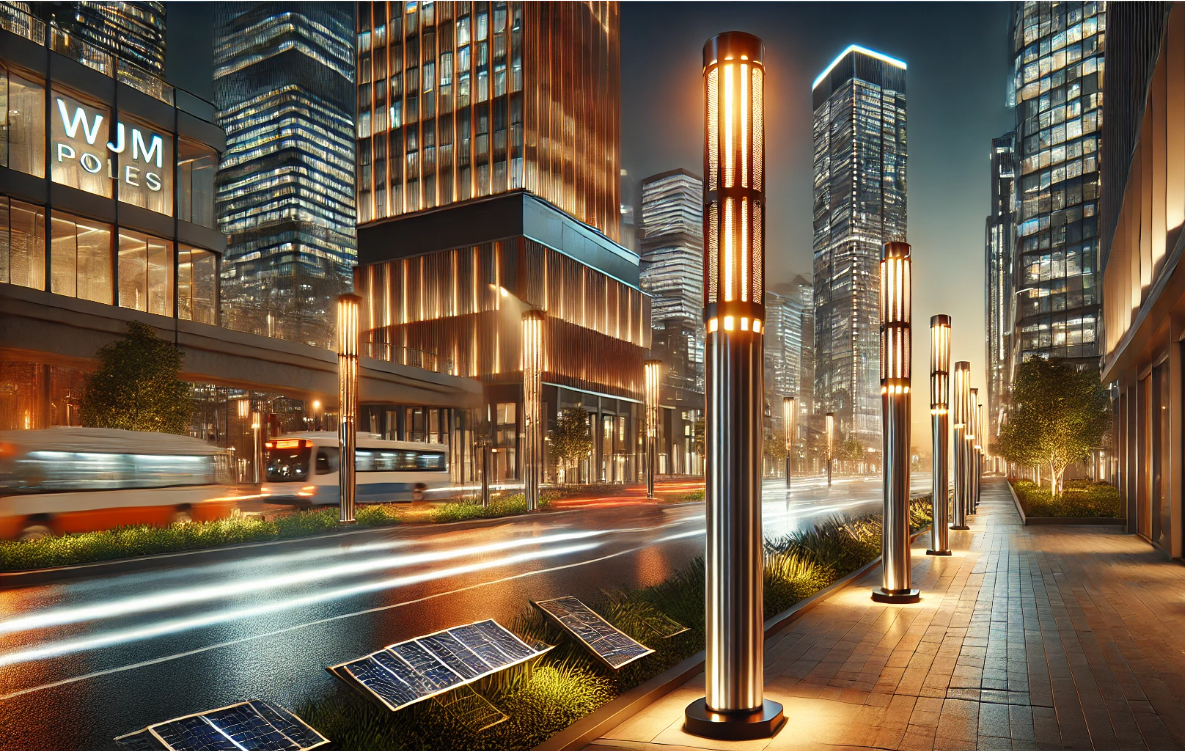


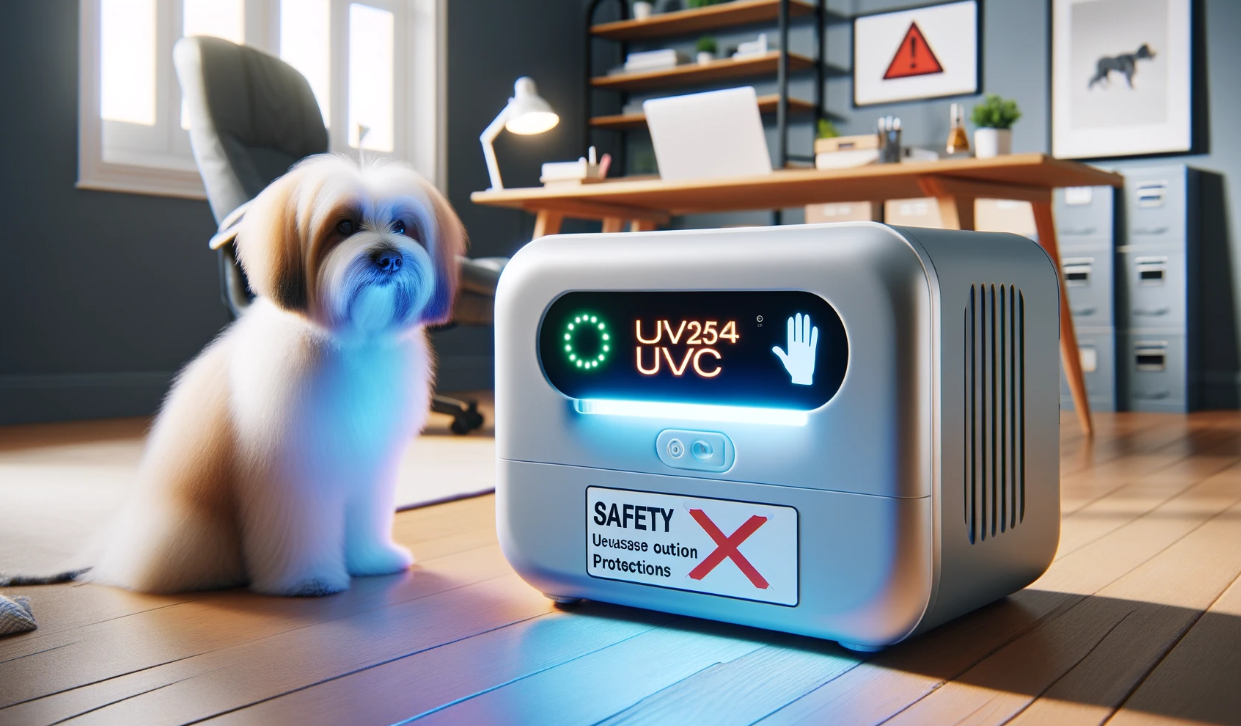



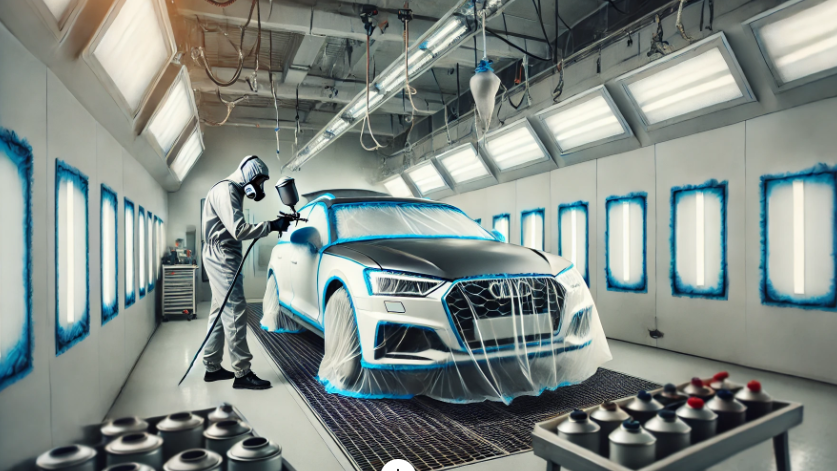




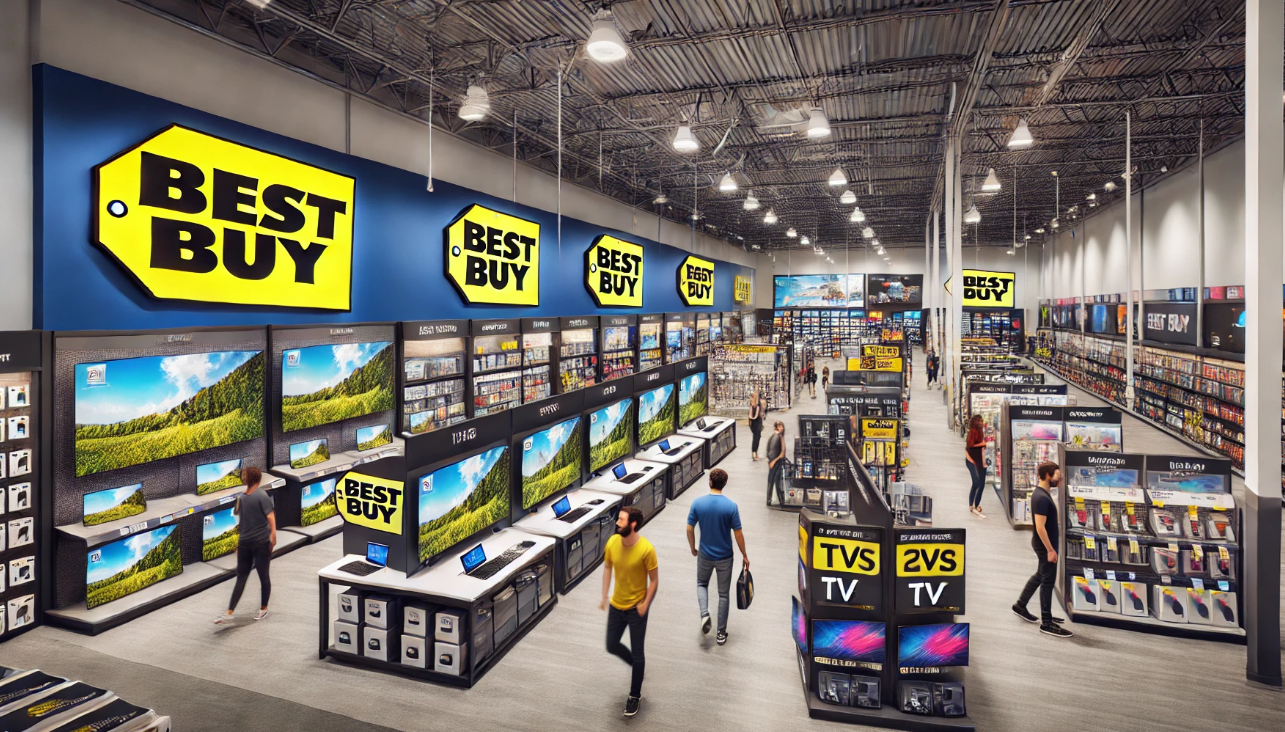
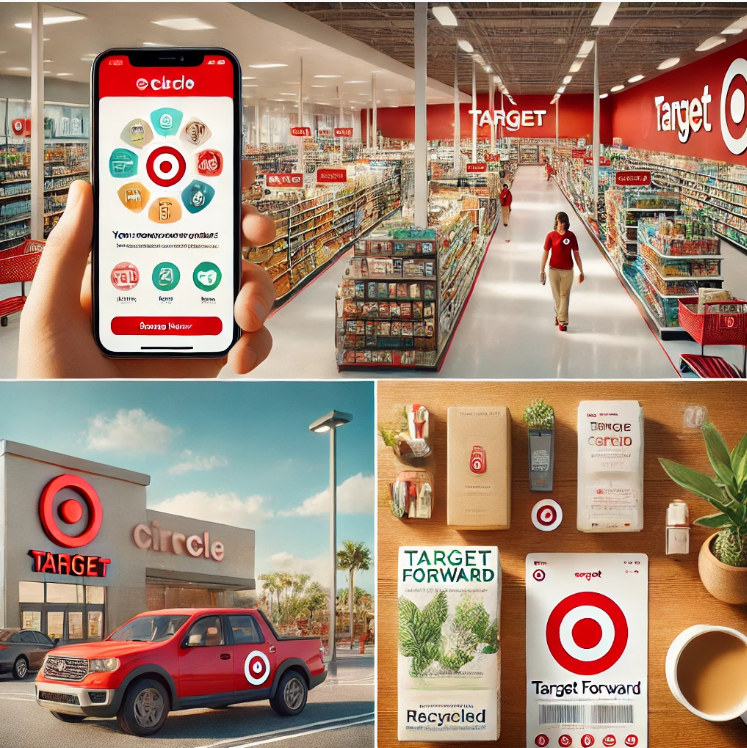




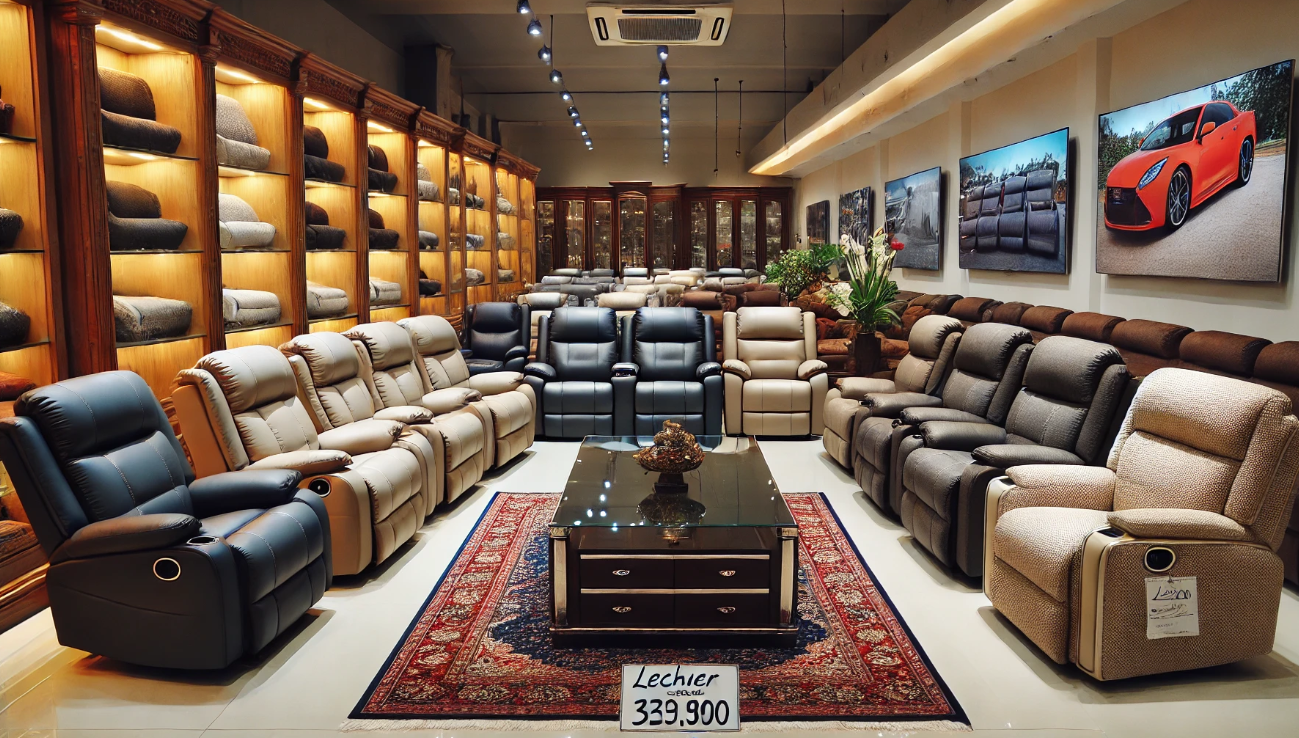



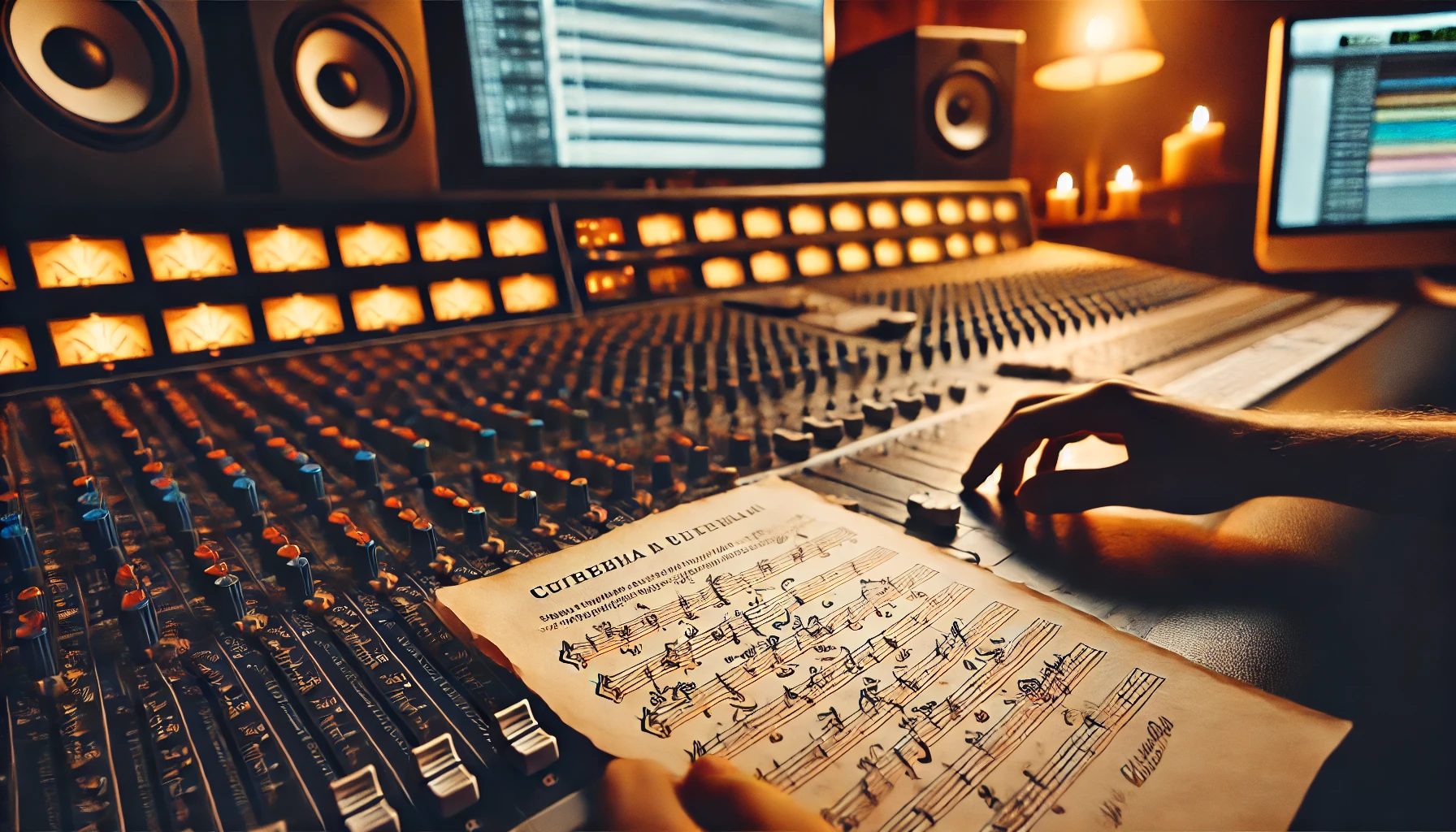
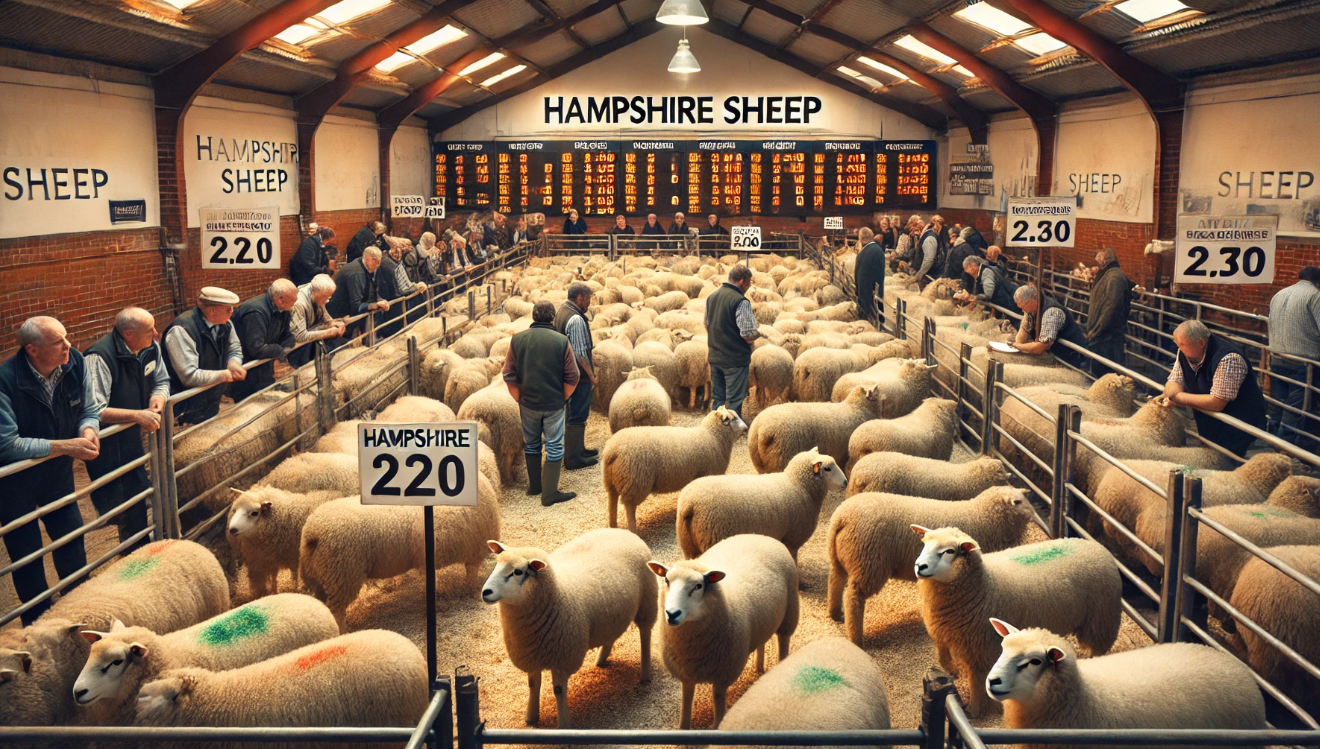
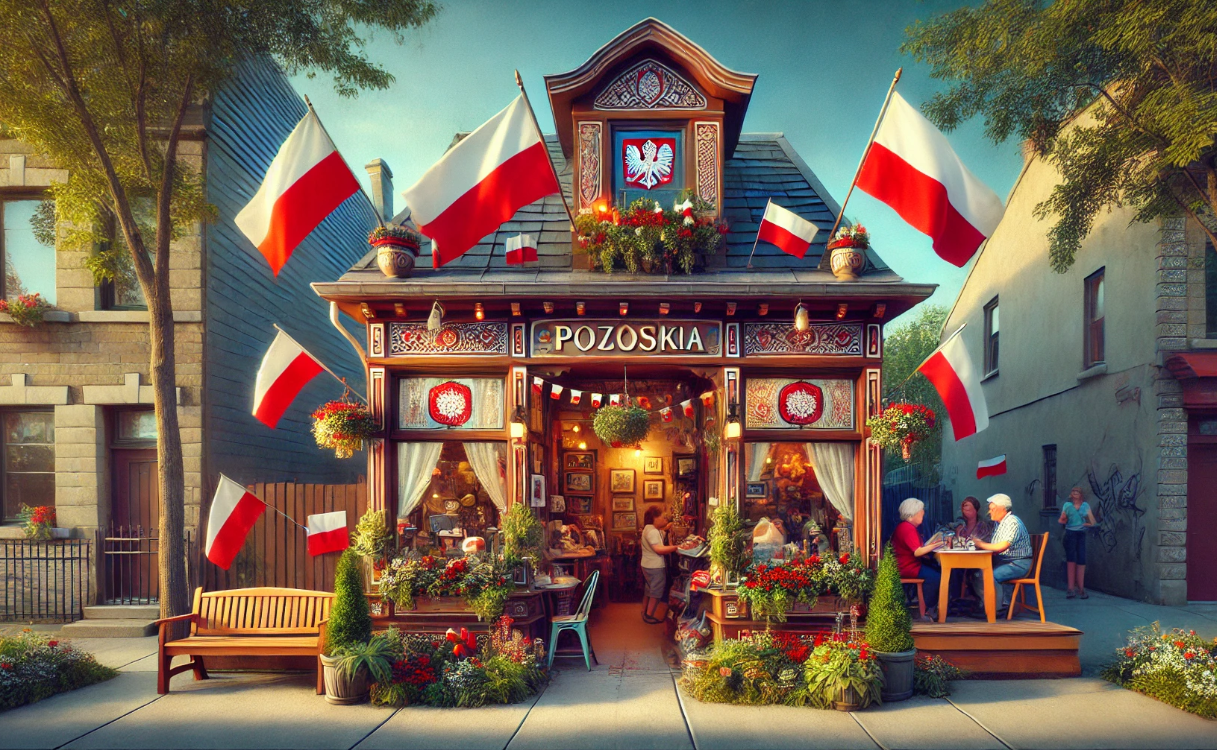
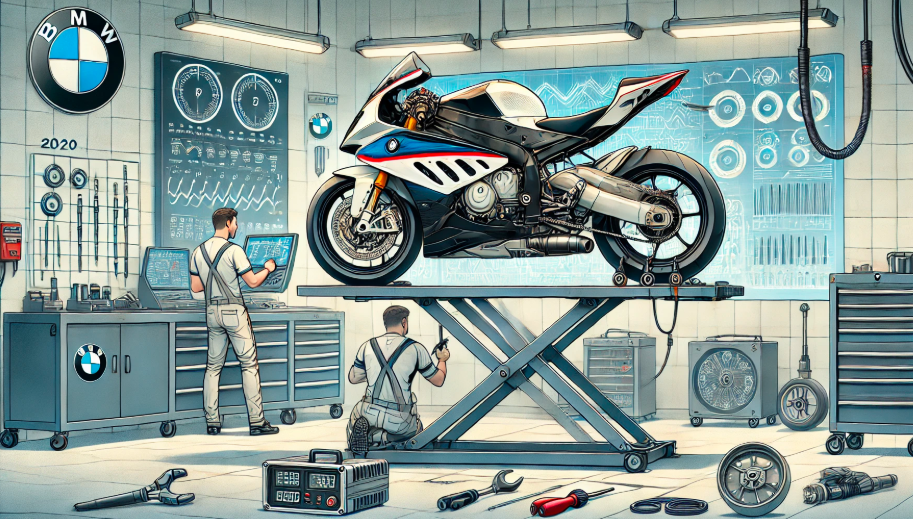
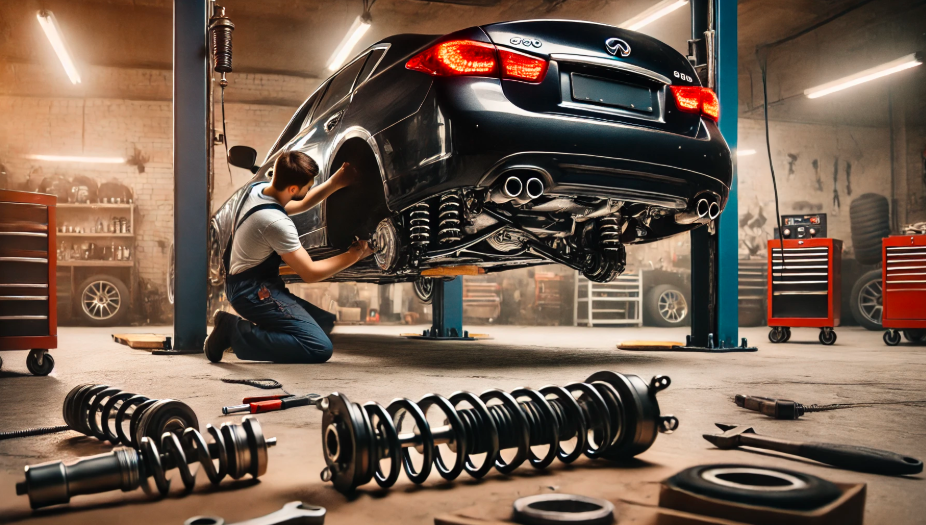
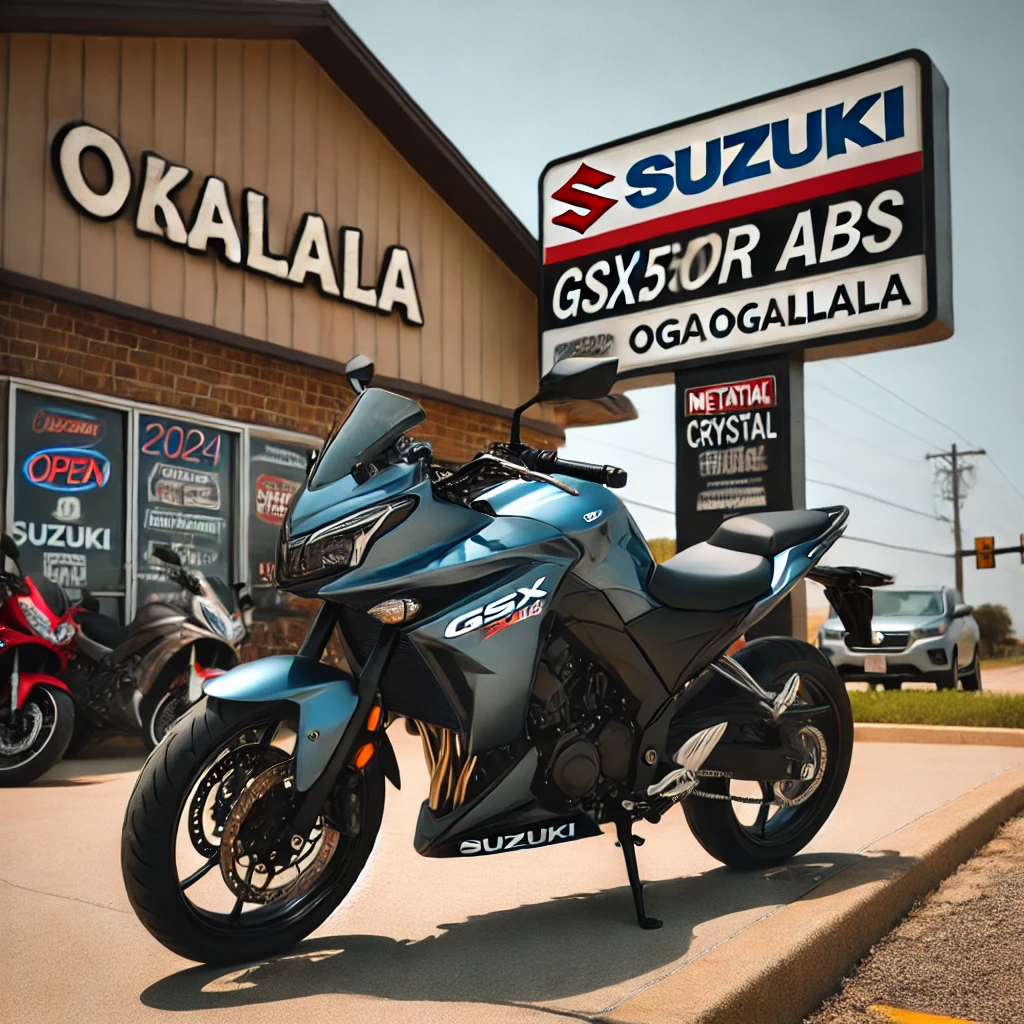
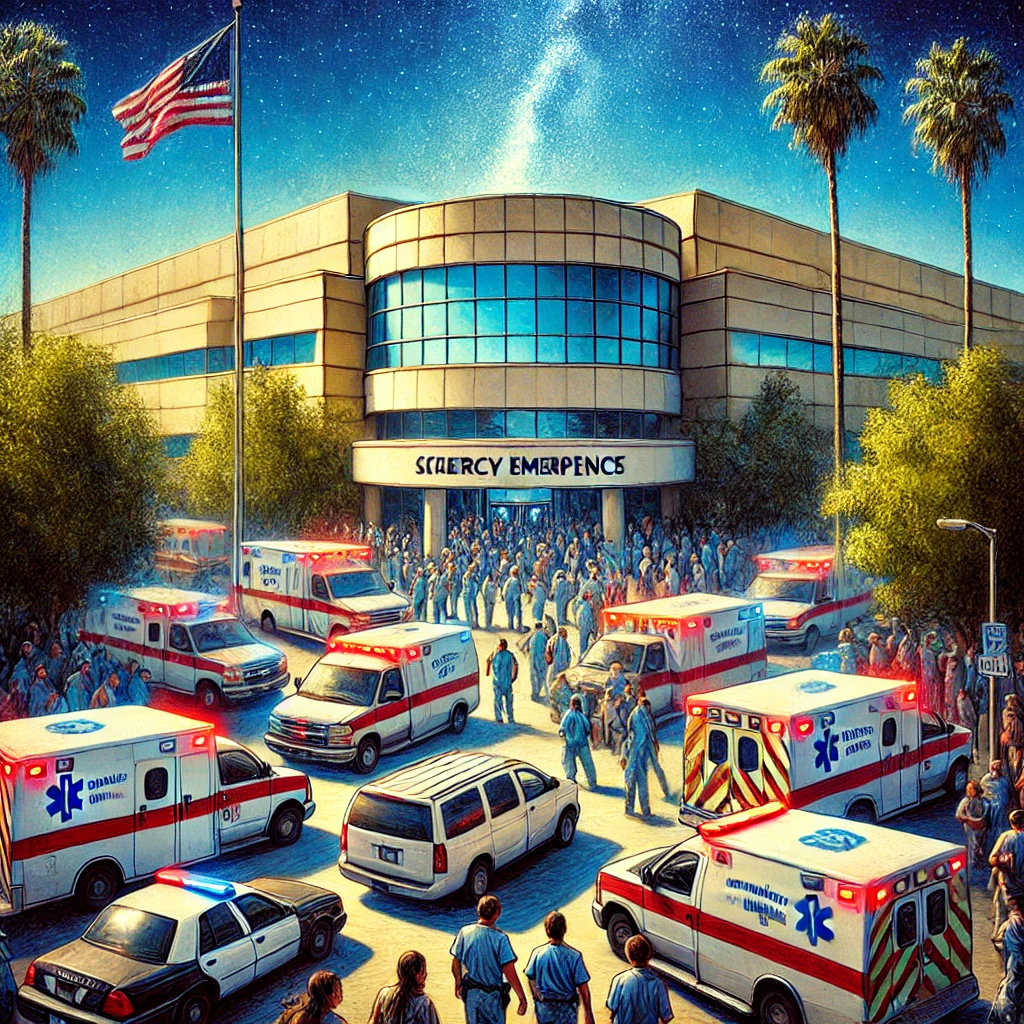





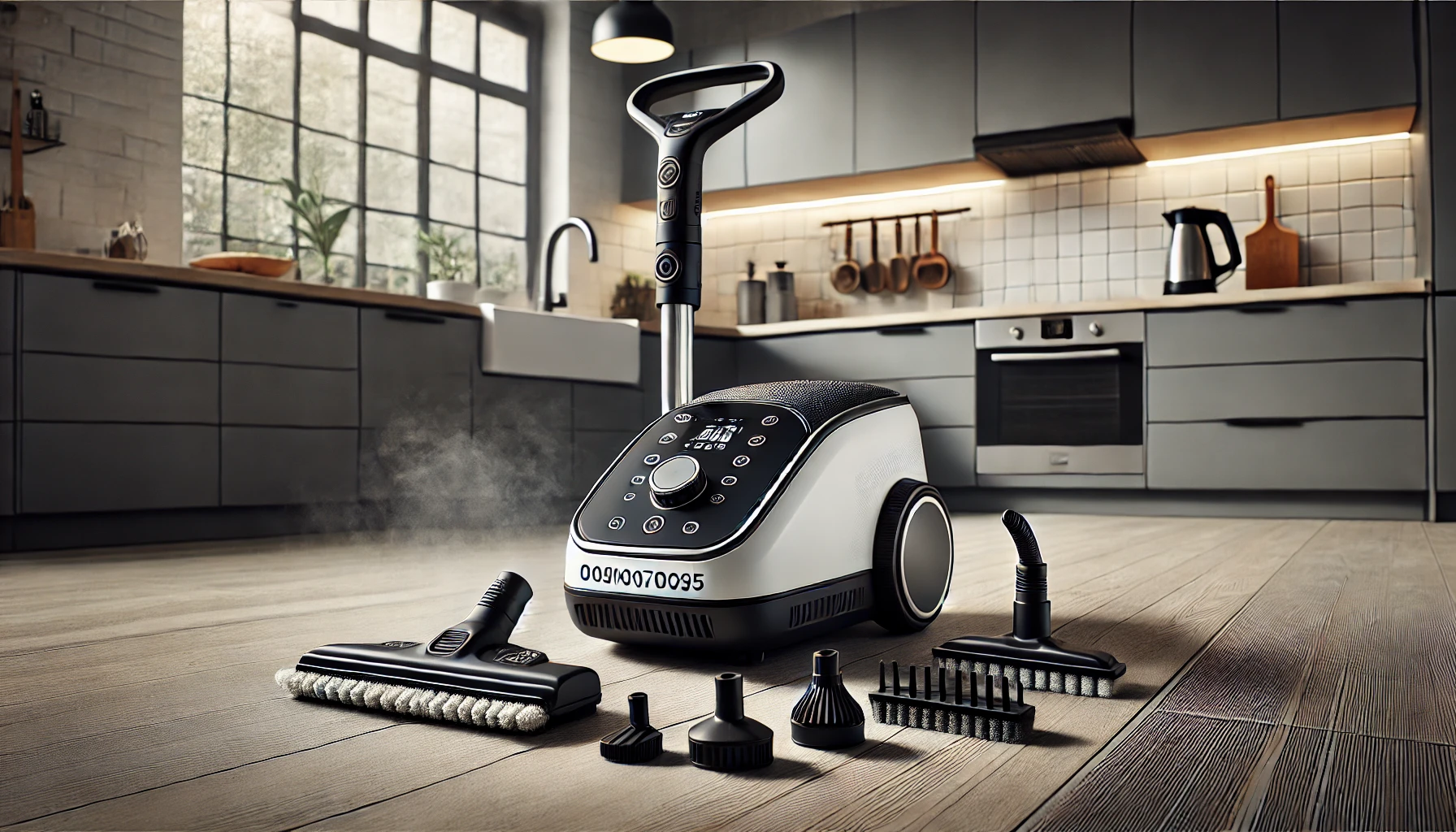
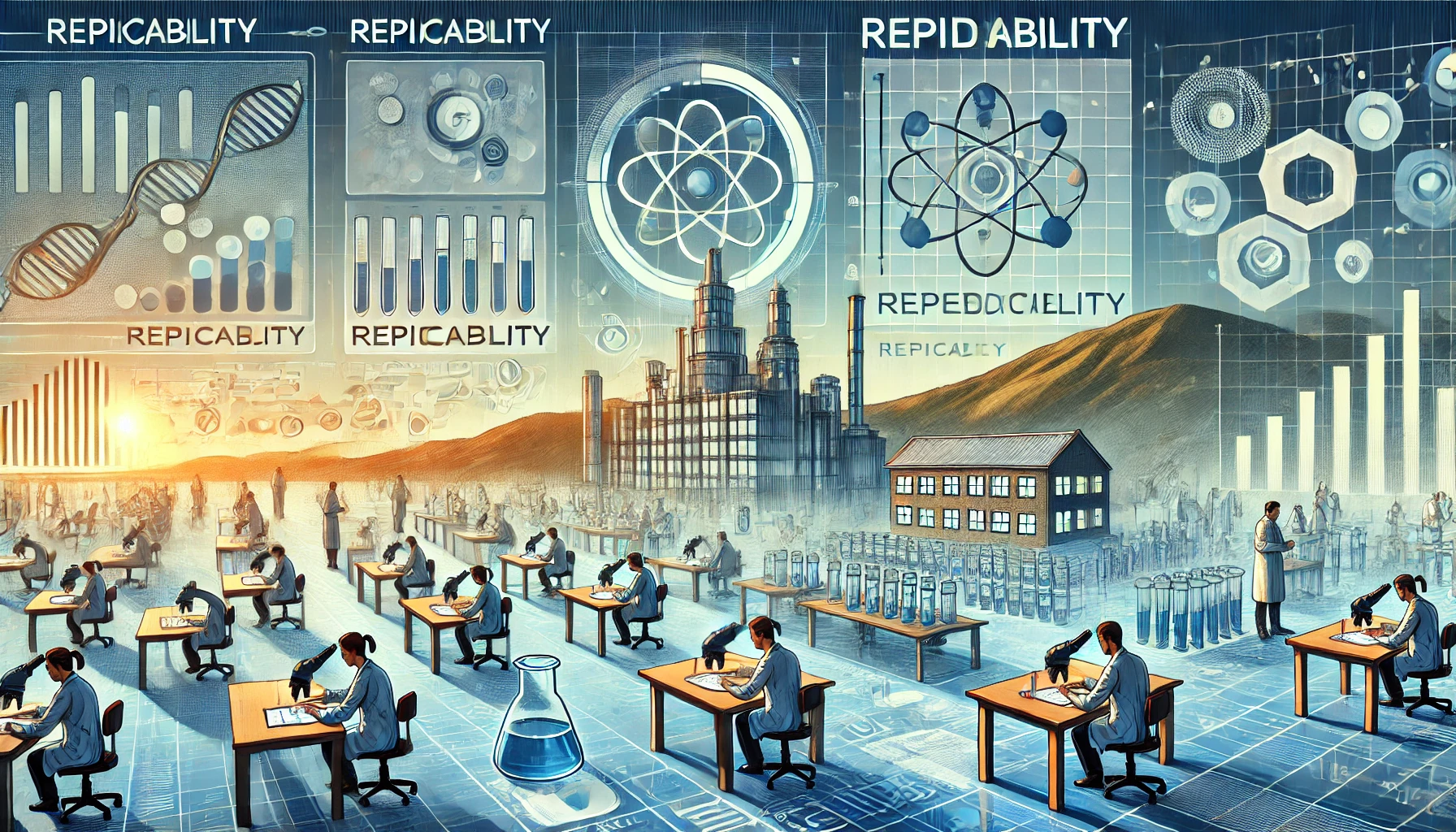






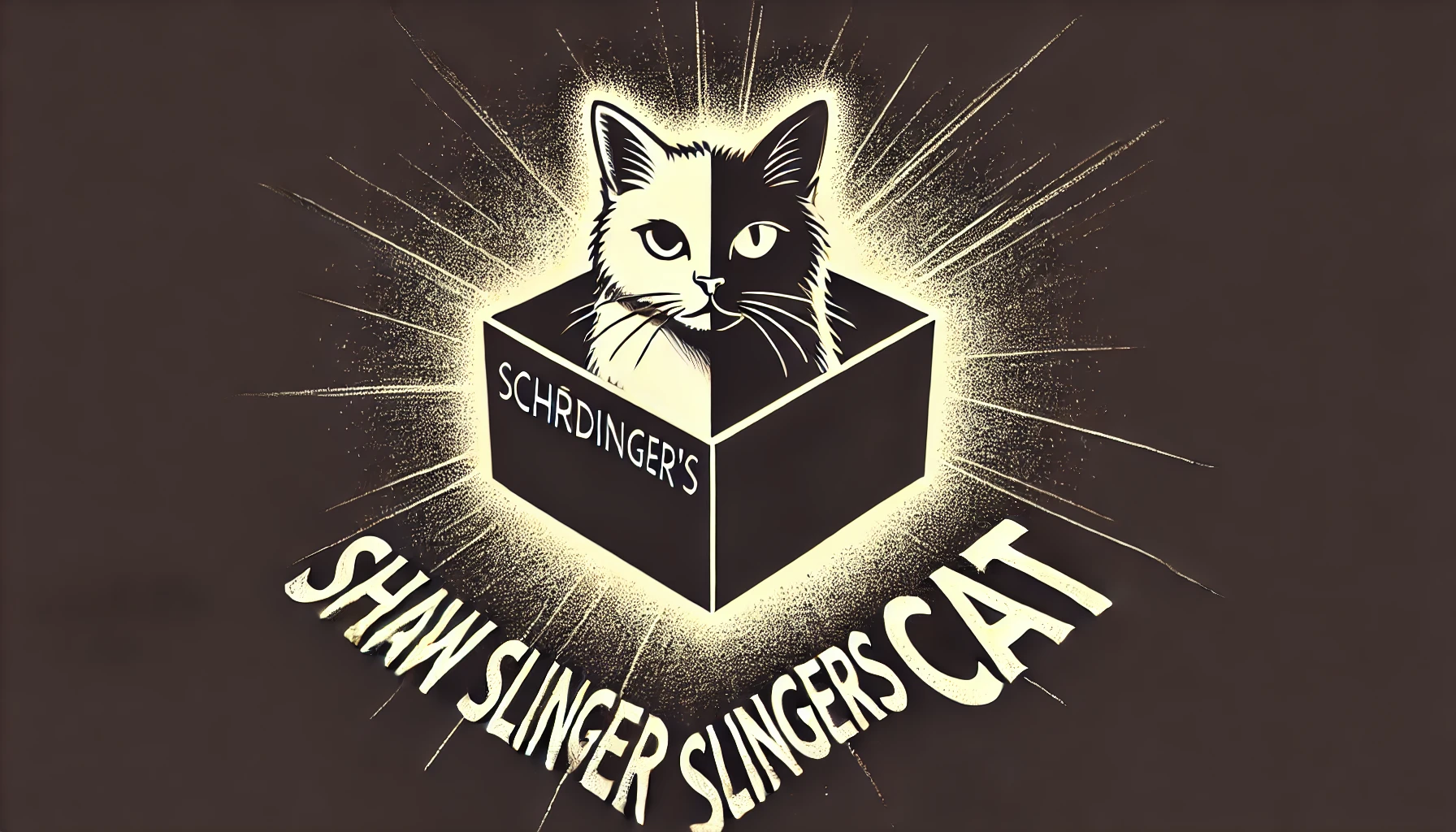

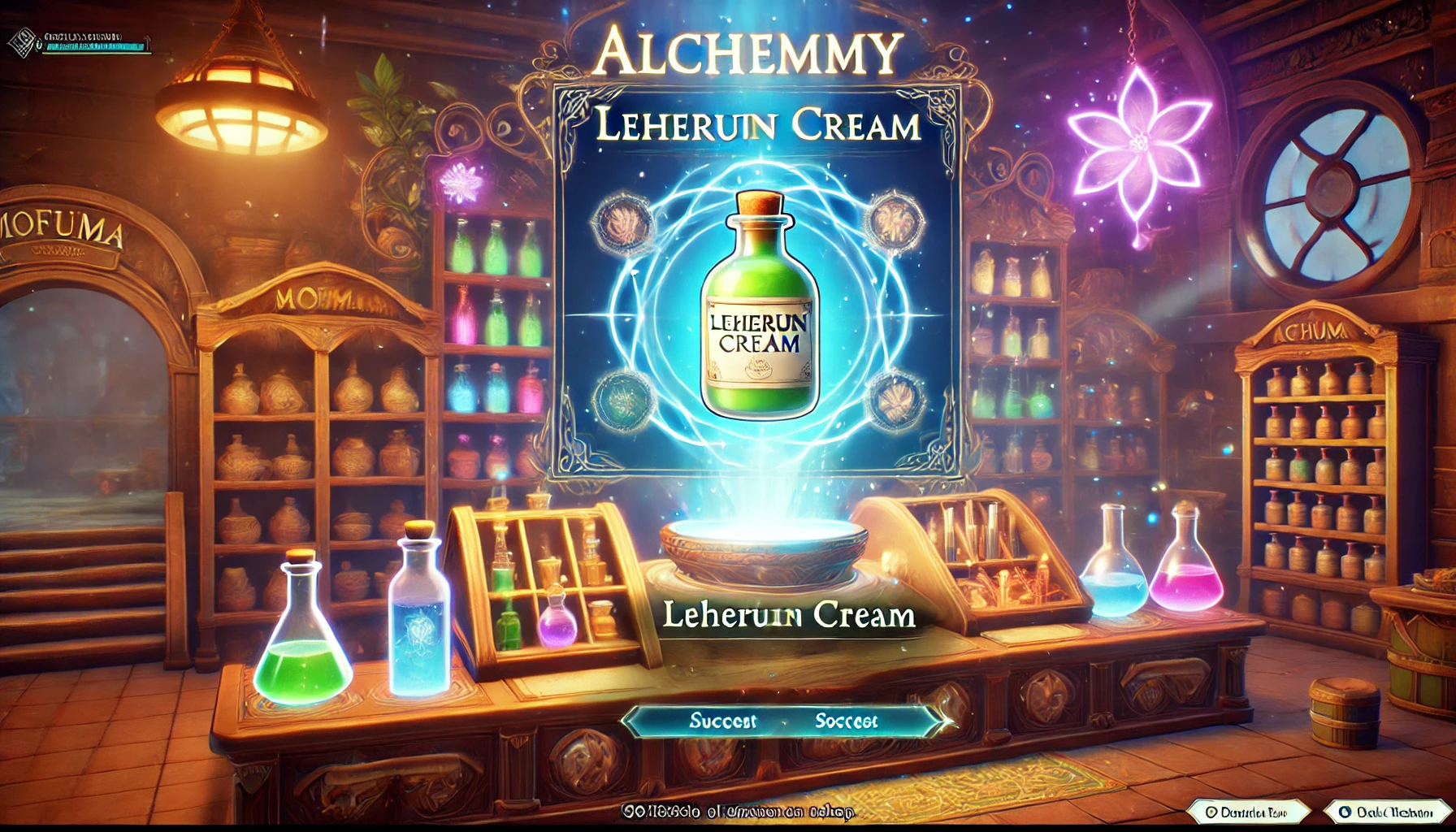

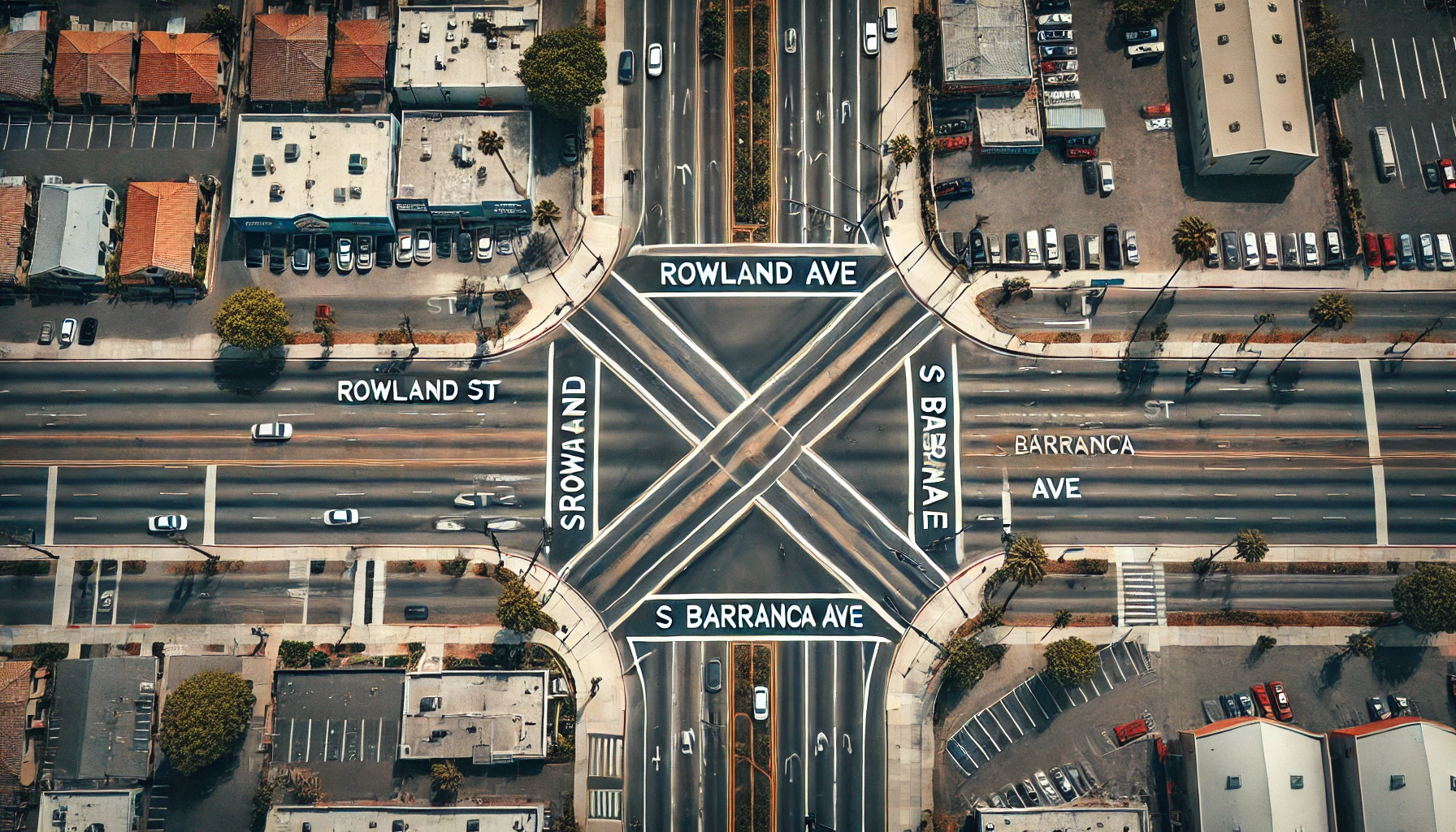









Leave a Reply